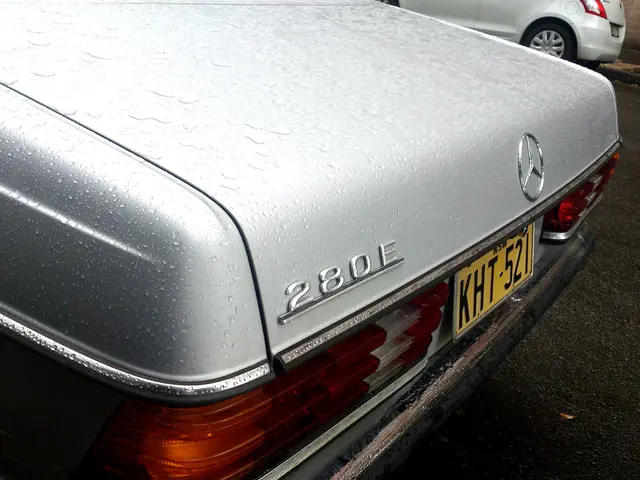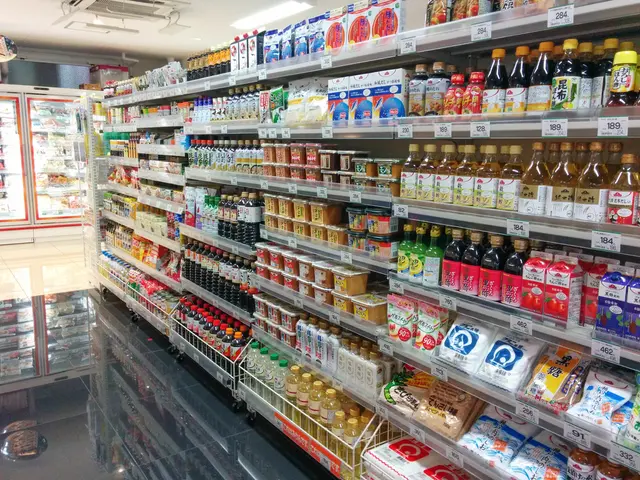Bridge at Wuhlheide: anticipated resumption of tram service commencing tomorrow - Tomorrow's forecast includes likely resumption of trams operations.
Berlin's Troubled Wuhlheide Bridge: Return of Tram Services Imminent
Beginning Thursday, traffic—including trams, emergency services, and vehicles—may resume passing under the unstable Wuhlheide Bridge in Berlin-Oberschöneweide. This development comes as a relief for the local transportation system, which has been disrupted since late April due to the bridge's structural problems.
The Wuhlheide Bridge, a vital transportation artery, has been completely closed since last Monday, shutting off traffic not just on the bridge itself, but also underneath the 245-meter-long structure. Trams, cyclists, and pedestrians have been affected since the closure. Prior to that, the bridge had been closed to vehicle traffic since late April following regular inspections revealing increasing cracks along its entire span. Demolition of the bridge began on Saturday.
Currently, trams are operating in isolation, without connection to the rest of the tram network beyond the bridge on the Köpenicker side. However, starting from Thursday, this isolation should end, allowing trams to resume normal operations, and emergency services to reach Treskowallee or Edisonstraße. If needed, security personnel will open barriers and allow emergency vehicles, including fire trucks and police vans, to pass through the track connection. The Berlin transport company plans to start with a shuttle service on Thursday morning and switch to regular operation by Saturday at the latest.
The deterioration of the bridge can be attributed to structural damage, with cracks forming along its entire length. The bridge was closed to vehicle traffic in late April, and less than a month later, it was closed entirely. The demolition process is ongoing, with the entire construction site expected to be completed by June 27, 2025.
The closure of the bridge and the area under it resulted in considerable traffic obstructions on both road and rail networks. To mitigate the impact, an extension of tram line 67 was planned to facilitate easier transfers to suburban trains, maintaining connectivity despite the disruptions. A crisis team was established, involving various entities, to manage the situation and minimize the impact on traffic.
The focus now is on completing the demolition by the end of June 2025, with the first easements for motor vehicle traffic expected to be implemented by June 6, contingent on construction progress and weather conditions. However, the exact timeline for the restoration of full traffic flow or the construction of a new bridge is not detailed in available information at this time.
- The ongoing closure of the Wuhlheide Bridge in Berlin, a significant connection in the transportation industry, has necessitated the establishment of an employment policy by the Berlin transport company to manage the situation, ensuring operations are maintained during the construction and demolition process.
- In light of Berlin's ongoing struggle with the Wuhlheide Bridge's closure affecting various modes of transportation, policymakers may need to consider industry collaborations and financial investments to expedite the process, ideally aligning with the community policy for ensuring minimal disruption to the residents and the local economy.








